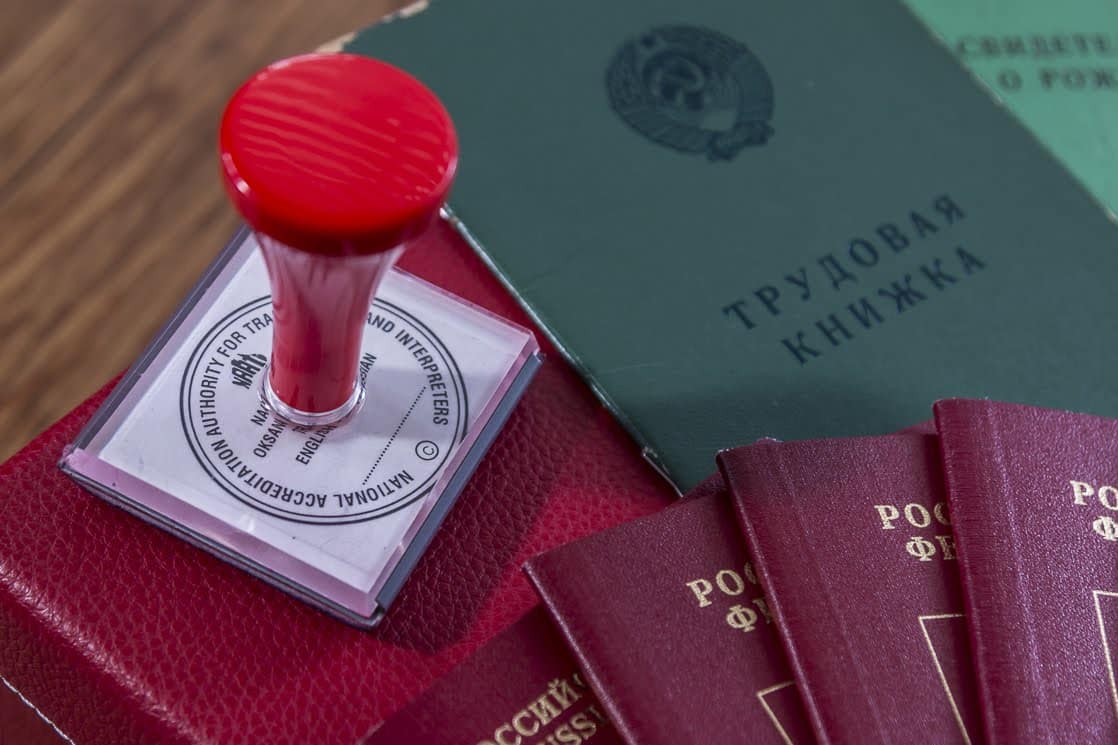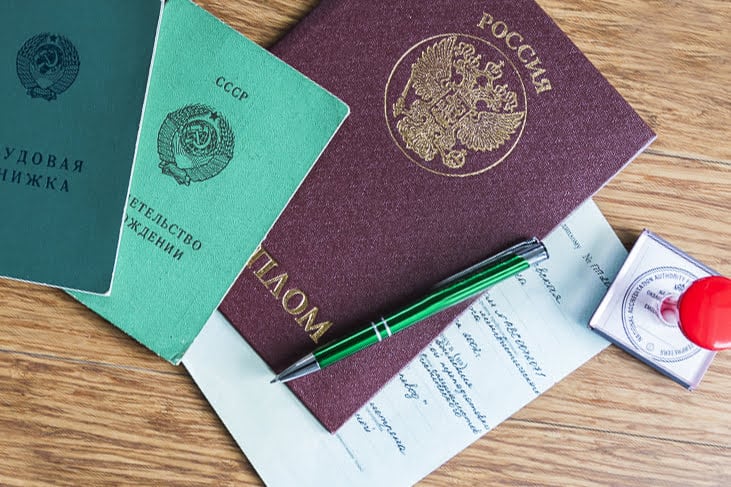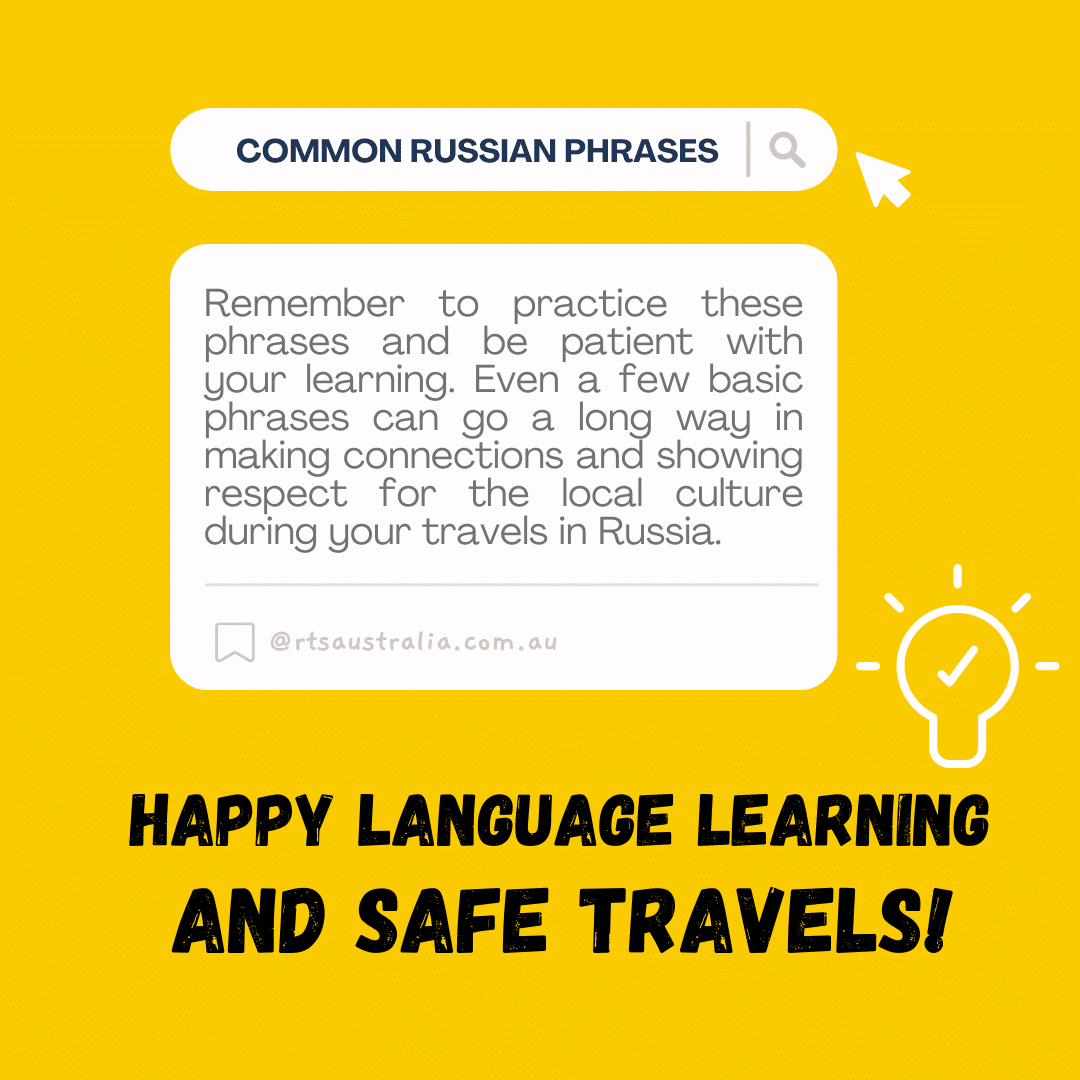Computer Translation? Bilingual Staff?
I’ve heard that computers can translate documents – what is the advantage of employing a human translator?
The advantage is that it is usually much quicker and more efficient for anything but the most basic of jobs.
There are currently two types of computer translation – machine translation and computer-assisted translation commonly known as CAT. Machine translation can be useful if you want to know the gist of a document. For example, if you have a magazine article in a foreign language and you want to know what it is about, a machine translation will give you a quick idea. On the other hand, if you want your marketing brochure or website translated into a foreign language avoid machine translation at all costs.
Why do I need to employ a qualified translator or interpreter when so many people in Australia are bilingual?
Would you hire a handyman to rewire your house or a legal secretary to draft your will? Both know something about the task, but would you have confidence they could do the job properly?
Interpreters and translators are specialists with qualifications and experience. A qualified person can add value to your business, whereas an unqualified person may cost your business.
Just because a person is bilingual doesn’t mean they are experts in those languages or have the tools and methodology to undertake an assignment. The professional interpreter or translator is likely to have specialist dictionaries, web-based language aids, professional indemnity insurance, modern computer equipment and an understanding of professional ethics. Professional translators and interpreters engage in ongoing specialist training and have a vast and specialised vocabulary.
Language transfer is a highly developed skill. For example, interpreters have to think on their feet, concentrate for long periods of time, acquire fast note-taking skills and conserve their voice. Translators need to be able to research subject material, locate specialised terms quickly, convey the appropriate style or register of the original document, come up with translations for names, as well as create new terms and do it quickly – these skills are only acquired through training and practice on a regular basis. In addition, a qualified translator/interpreter needs a thorough, in-depth knowledge of the grammar of the target and source languages plus professional writing skills to handle different types of texts.
Sometimes a qualified practitioner must be engaged – for example in the translation of legal and immigration documents and court interpreting. Any bilingual person will not do – unless you don’t care about the message you are sending.
Will my translation be accepted by the Australian Immigration department?
As long as the translation is performed by a NAATI translator and includes the correct information needed for the translation to be accepted:
- NAATI stamp AND
- language and type of certification AND
- Translator’s name AND
- A statement attesting to the truth and accuracy of the translation of the document presented AND
- The date of the translation AND
- Translator’s signature











